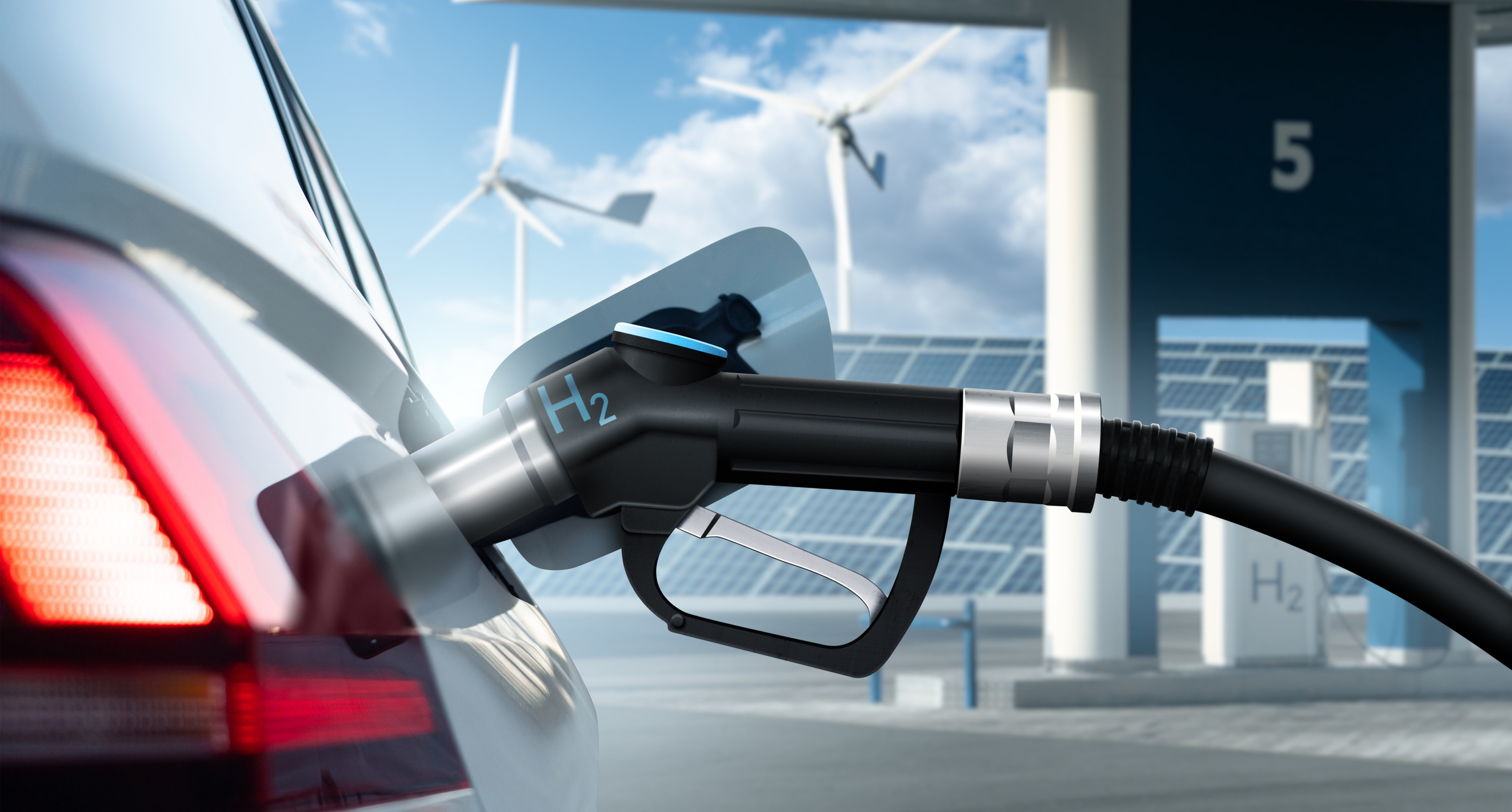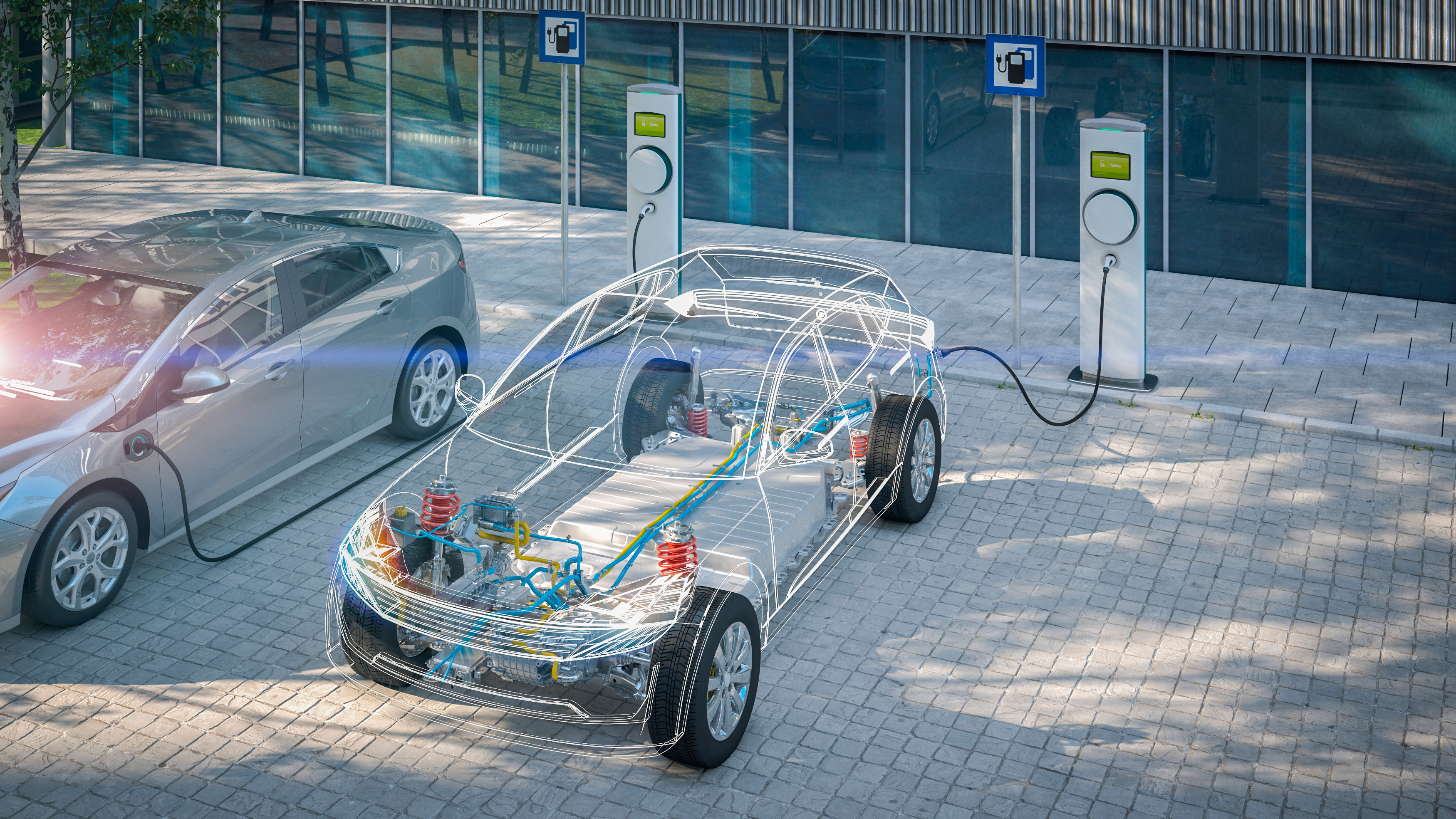The production of renewable hydrogen, electrification, or the use of renewable fuels (advanced biofuels and synthetic fuels), are some of the key solutions to advance in the decarbonisation of transport.
One of the most important energy and environmental challenges facing us today is how to efficiently modernise the mobility sector to make it much more sustainable and competent in the short term. The demand from users who seek quick, economic, and net zero emissions in their travels is increasingly greater, so it is essential to highlight all the technological solutions that are being developed and that may represent a considerable improvement in this very important area for our day-to-day lives.
You have to bear in mind that there is no single solution to advance in the decarbonisation objectives and reduce greenhouse gas emissions in mobility. The needs, of both individual citizens and in other segments, for example, heavy transport, are diverse and so tools and resources that are being implemented also have to be varied to be able to adapt to each kind of circumstance without any problems.
Reducing emissions in mobility
The most significant advances that have been carried out in recent times in terms of mobility have fundamentally focussed on three fields of research and development:
Different but closely related solutions, which in many cases are technologies that can be combined with each other to achieve better results. Each one of them also has their own advantages and areas for improvement, so they can continue to evolve and optimise to be able to face the new mobility challenges that appear. Only this way can achieving the net zero greenhouse gas emissions objective set by the EU by 2050 be a reality.
Renewable fuels
Renewable fuels are fuels that are characterised by having a low or zero carbon footprint in their life-cycle, because the amount of CO2 that is released to the atmosphere during their combustion is balanced by the amount of CO2 that is previously removed for their production. They have properties very similar to diesel and gasoline, which makes them compatible with both charging infrastructure and with vehicles with current combustion engines, so it isn't necessary to renew the vehicle fleet.
There are two different types of renewable fuels and they are differentiated by the type of raw materials and the production process.
Renewable fuels are a very good option to be able to start making a difference in the mobility sector now. It is especially worth highlighting the great relevance they are acquiring for the decarbonisation of sectors that are difficult to decarbonise, such as aviation, thanks to the production of biokerosene, made from biomass.
Electric mobility
Electric vehicles are a sustainable alternative to manage to achieve transport decarbonisation objectives. These types of cars are powered thanks to a 100% electric engine that is powered with the energy provided by a battery that is charged from the power grid.
Electric cars are considered to have zero emissions during their operation because they don't emit any type of greenhouse gases. However, so that it is a completely sustainable solution, it is necessary to ensure that the necessary electrical energy to charge its battery is also obtained with low or zero emissions.
Although this solution with electricity has a plethora of advantages, there are some technical issues that need to be improved so that its use can be expanded generically to all levels such as the urban environment. In particular, two of the main challenges faced by electric mobility today are the battery range and the expansion of the charging point network for these vehicles. Areas where there are big technological advances happening in a short period of time and that seek to make this type of vehicle even more accessible and practical for users.
Renewable hydrogen
Renewable hydrogen plays a key role in the energy transition due to its great versatility, which allows it to be used as an energy source in many sectors. It is a very efficient substitute for fossil fuels and doesn't emit CO2 in its use, which makes it a perfect technology to be used in the transportation sector, in industries of high energy consumption, or as a system to store, transport, and distribute energy from renewable primary sources.
A very interesting advantage that it offers is that it can be obtained in several ways: from water and renewable electricity, biomethane reforming, or other new technologies under development such as photoelectrocatalysis.
Regarding the use of renewable hydrogen in the field of mobility, we find several lines of action that are currently being developed.
- Vehicles with heat engines. The hydrogen that powers a heat engine is an alternative to conventional fuels, as it doesn't produce CO2 during combustion. Hydrogen is used alone or combined with other decarbonised fuels.
- Electric vehicles with fuel cell. The hydrogen stored in the vehicle, at a pressure 700 times greater than that of the environment, is combined with the oxygen from the air in the fuel cell to generate an electric current that powers the electric engine in charge of the vehicle's propulsion. Its transport is 100% electric and only emits steam.
As well as its direct use in these two engine modalities, renewable hydrogen can also be used as a raw material to produce zero emission synthetic fuel or e-fuel, when combined with CO2 captured in specialised plants.
Technological neutrality
To ensure that all these mobility-focused technologies can reach their full potential and become effective tools for decarbonisation, a very relevant concept to bear in mind is technological neutrality.
This principle refers to the fact that governing bodies are equally committed to all the technologies available on the market, without favouring one over another. In this way, all active solutions and those to be developed in the future can compete freely with each other in a process of constant improvement and optimisation, beneficial at all levels for society and mobility.
The needs of citizens are diverse and so solutions must also be diverse and adapted to each situation, not a single solution for all.
Confusion of concepts
Another significant problem that we find when speaking about technologies for a more sustainable mobility is the lack of aseptic and rigorous information on these technological solutions, to which citizens have access. Many people don't know very well what they consist of, how they work exactly, or what all the benefits they could potentially bring are, which makes their implementation and widespread acceptance very difficult. In order for citizens to be an active part of this energy transition, they must be aware of the existing alternatives.
To delve deeper into this topic, a very good option is to attend the online event on 4 October organised by the Repsol Foundation Energy Transition Education and Research Program at the Polytechnic University of Madrid and Corell Foundation, where the conclusions obtained by the Instituto Demoscópico GAD3 in its study on the perception, sensitivity, and knowledge level of the general population to new mobility technologies in road and urban transport will be made known.
An event that can help to better understand the main obstacles in the implementation of this new and necessary sustainable mobility system based on emerging technologies, and which is so significant for the future well-being of the planet.



